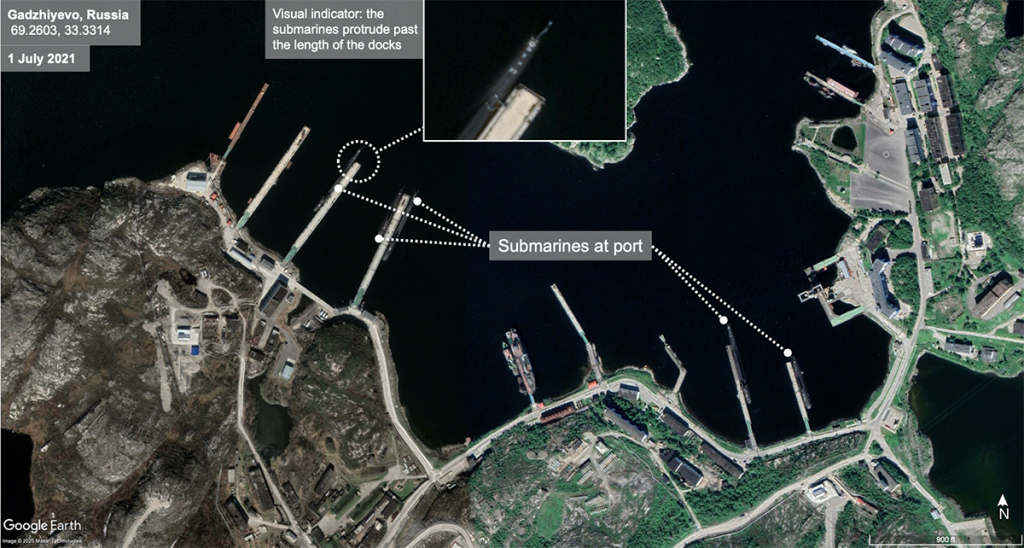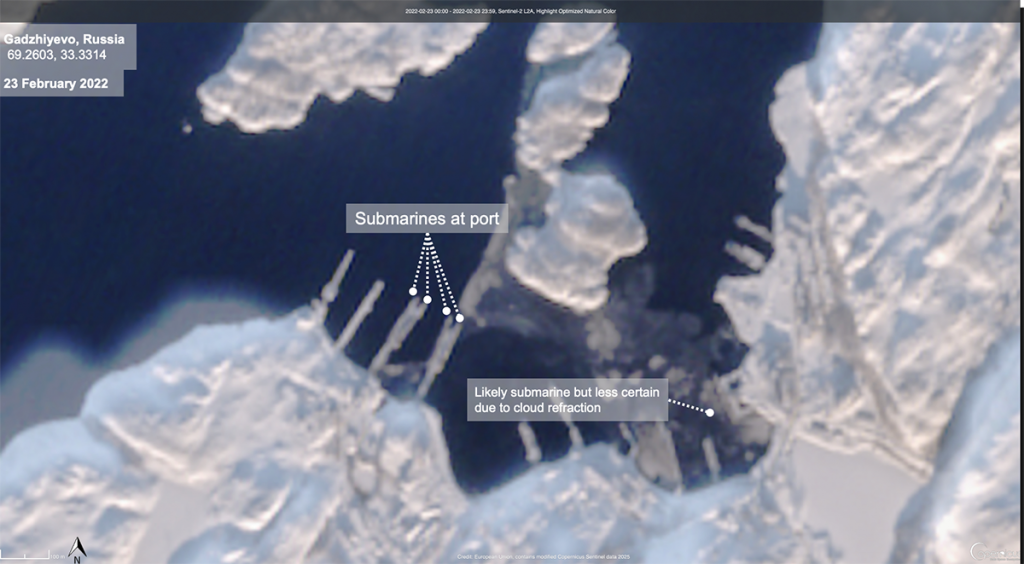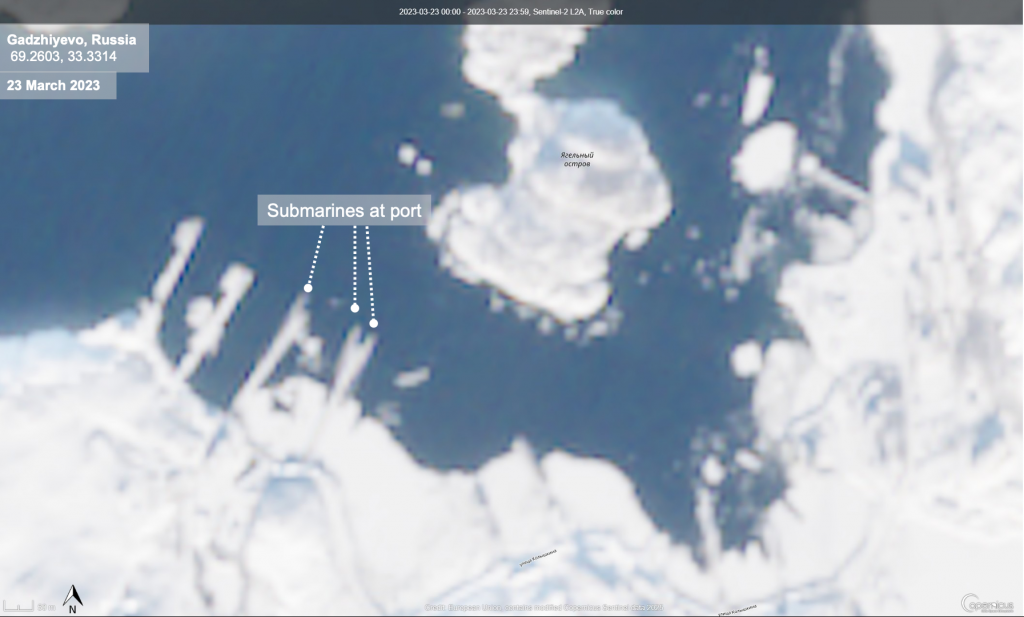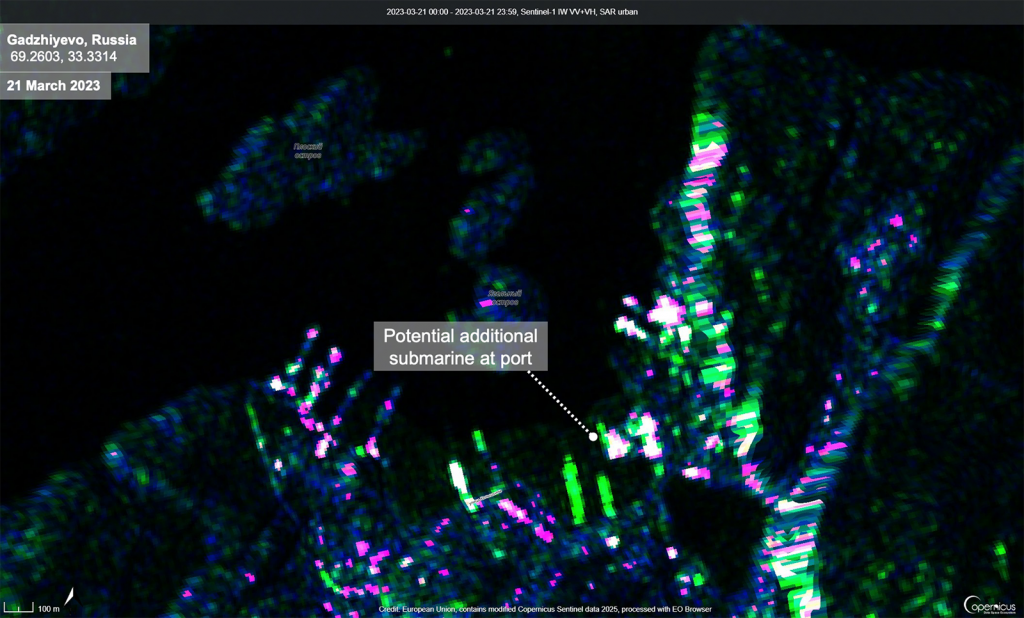Technology is not a cure-all. But it can help reduce the risk of nuclear weapons crises. Jamie Withorne shows how increasingly accessible information can harness transparency and 'fact check' the credibility of nuclear threats
Recent advances in technology can be harnessed for improved transparency and escalation management. While many 'emerging' technologies are not fundamentally new, novel applications and improvements in precision, speed, and accessibility are altering how we live, think, work, and interact.
As technologies continue to develop, their influence on nuclear weapons will likewise continue to expand, in areas from arms control to the use of nuclear weapons. Experts warn advances in technologies like hypersonic weapons, AI-driven cyber operations, and anti-satellite capabilities can reshape nuclear weapons strategy over the coming decade.
Much existing research on nuclear weapons and emerging technology paints the relationship in a negative light. But technological advances can also aid strategy by providing more information, more quickly, to more people.
Technological advances can also aid strategy by providing more information, more quickly, to more people
In our rapidly evolving nuclear age, emerging technologies offer opportunities and challenges for nuclear weapons strategy. Of course, technology can be a double-edged sword. Yet very little research has examined how emerging technology can serve as a fact-checking tool in a world overrun with increasingly aggressive nuclear rhetoric.
Space-based sensors like optical satellite imagery and synthetic aperture radar (SAR), in particular, can verify and contextualise Russia’s nuclear threats following its 2022 full-scale invasion of Ukraine. As space-based imagery continues to improve in resolution and accessibility, it will grow into an increasingly important resource for publicly corroborating nuclear coercion, helping strengthen transparency and reduce escalation risks.
Emerging monitoring technologies often pose trade-offs for nuclear weapons strategy. As transparency improves, countries face an important choice: how to safeguard military capabilities while providing enough information to the other side to avoid conflict escalation. If countries give away too much information, an adversary could use it to their military advantage. If they fail to provide enough information, misperception and miscalculation grow. Despite these risks, emerging monitoring technologies can help verify nuclear weapons stockpiles.
Satellite imagery can help verify nuclear weapon stockpiles, and assist the public in fact-checking governmental claims of nuclear threats
In addition to improving transparency, satellite imagery can help the public fact-check governmental claims. This is especially important for nuclear threats. Nuclear coercion can affect escalation from the bottom up by instigating widespread fear and pressures at the domestic level. Left unchecked, these pressures can shape how decision-makers respond strategically. Although public information may not be as detailed as private data, it helps build societal narratives and impressions surrounding nuclear weapons.
Since Moscow’s full-scale invasion of Ukraine, optical and SAR imagery have captured important movements of Russia’s Northern Fleet submarines. These technologies have been important tools for corroborating – and discrediting – the seriousness of nuclear threats.
On 23 February 2022, just one day before Russia’s full-scale invasion, satellite imagery captured a blurry snapshot of Gadzhiyevo, the home port of Russia’s secure second-strike fleet. Despite the image's low resolution, comparison with earlier images from Google Earth identifies visual indicators that can help detect when submarines are at port. The day before the war, we can see five of the then-seven operational Russian SSBNs at port.


Unaffected by cloud coverage, data collected on 26 February from Sentinel-1, a SAR satellite, reveals only two submarines likely remained at port just a handful of days after the war broke out. Usually, we only see large-scale military deployments like this in strategic nuclear weapons exercises.

As Russia’s nuclear rhetoric waxed and waned throughout 2022, similar patterns of behaviour emerged. In October 2022, Russia threatened to use a dirty bomb in Ukraine. The Kremlin's rhetoric, paired with a strategic nuclear weapons exercise, dramatically heightened tensions. Satellite imagery corroborates the seriousness of these threats. On 24 October 2022, we can see only one or two SSBNs at port; more proof of large-scale deployment.

Conversely, in March 2023, when Russia’s nuclear threats picked up again, there were no signs of similar deployments, and this helped discredit the rhetoric. Indeed, imagery around the time shows three to four submarines at port, indicating normal operating procedure.


By using publicly available satellite and SAR imagery, analysts can begin to assess the risk of nuclear escalation in unprecedented ways. Threats correlated with clear visual indicators of large-scale military activity are more credible. Threats that have no correlation with visual indicators fall flat.
As new tech improves and integrates with developments such as machine learning, it can build societal resilience to nuclear coercion
This analytical approach provides only an outline of wider Russian nuclear weapons behaviour. Nonetheless, we can use it to fact-check the seriousness of potential crises from the bottom up. As these technologies continue to improve and integrate with other open-source developments like machine learning, they can help build and improve societal resilience to nuclear coercion.
In a world increasingly filled with hostile nuclear rhetoric and coercion, publicly available technologies can help guard against nuclear escalation. Space-based imagery provides a unique opportunity for fact-checking nuclear threats outside of official government channels.
Emerging tech is not a panacea for all contemporary nuclear risks, but it can be an invaluable tool for escalation management.